Rangefinder has become an essential tool for modern hunters. Accurately judging distance can determine the success or failure of a hunt. With a rangefinder, hunters gain a powerful advantage, allowing them to make precise shots at various distances. Therefore, in this post, we will provide you with a comprehensive guide on how to use a rangefinder for hunting, helping you enhance your hunting experience.
Part 1. Understand the Basics of Rangefinder
Before we delve into how to use a rangefinder, it is crucial to have a basic understanding of it. Rangefinders use laser technology to determine the distance between you and your target.
The device uses a laser beam to reflect off the target and measure the time it takes for the laser to return. It then displays the precise distance, usually in yards or meters.

Types of Rangefinders: Choose a model that meets your specific needs. Some rangefinders are specifically designed for bow hunting, suitable for short distances, while others are better suited for rifle hunting and can handle longer distances.
Rangefinder Modes: Most rangefinders have multiple modes, such as angle compensation, fog mode, and scan mode. Becoming familiar with these features can enhance accuracy in various hunting situations.
Part 2. How Does a Rangefinder for Hunting Work?
How does a rangefinder for hunting work? Actually, it primarily uses laser technology to measure the distance between the hunter and the target. When activated, the rangefinder creates a laser beam that reflects off the target and returns.
The rangefinder accurately measures the distance by calculating the time it takes for the laser to travel back and forth. This fast and precise measurement, usually in yards or meters, helps hunters aim and shoot accurately at various distances.

Part 3. How to Use a Rangefinder for Hunting?
Using a rangefinder properly in the field can significantly increase your success rate. Let's learn the detailed steps for using a rangefinder for hunting.
Step 1. Find a Stable Position
Stability is crucial for accurate measurements. Maintain a stable posture while measuring, such as standing or kneeling, especially when holding a firearm. Even slight movements can affect the results, so keep both the rangefinder and your body stable.
Step 2. Identify the Target
Locate the target in the viewfinder and align it with the center crosshairs. Some rangefinders have a zoom feature, allowing you to see the target more clearly. Adjust the focus as needed, especially for long-distance shots.
Step 3. Use the Appropriate Mode
Choose the mode that's best suited to your environment. For example:
- Angle Compensation Mode:Essential for mountainous or uneven terrain hunting, this mode automatically adjusts the measurement based on the slope.
- Fog Mode:When hunting in foggy weather, this function is crucial as it enhances visibility by filtering out moisture interference.
Step 4: Press the Button
Keep the rangefinder steady and press the button to activate the laser. After a brief moment, the rangefinder should display the distance. Some models support continuous scanning, enabling you to measure distances to a moving target.
Step 5: Analyze and Adjust Your Shot
Once you have the distance information, you can start preparing for the shot. Adjust your shooting angle based on the distance measured, taking into account bullet drop, wind speed, elevation, and other factors.

Part 4. Common Mistakes to Avoid When Using a Rangefinder
Even with the proper rangefinder, improper use can lead to inaccuracies. Here are some common mistakes and solutions to help you maximize your rangefinder.
1. Measuring Too Late
Waiting until the target is in sight to measure distance is a common mistake. By that time, the game may have moved or disappeared, leaving you with little time to react. Instead, look for potential spots in the hunting area before you go, such as marking the distance to trees, rocks, or other landmarks, so you can quickly adjust when the target appears.
2. Ignoring Angle Compensation
When hunting on slopes or mountainous terrain, angles can greatly impact distance measurements. Many hunters forget to use the angle compensation mode, which can result in discrepancies between the actual shooting distance and the displayed distance. In areas with significant terrain variations, activate the angle compensation mode to improve accuracy.
3. Not Calibrating the Rangefinder
Calibration is crucial for maintaining measurement accuracy. Ignoring regular calibration may result in data discrepancies. Regularly check the calibration, especially after long periods of non-use or extreme weather, to guarantee accurate results every time you hunt.

4. Measuring in an Unstable Position
Some hunters measure while moving or in an unsteady stance, which can cause the rangefinder to shake and cause inaccurate results. For optimal accuracy, find a stable position, such as by leaning the rangefinder against a fixed object or using a tripod for added stability.
5. Neglecting Fog or Bad Weather Modes
If hunting in foggy, rainy, or high-humidity conditions, not using fog or bad weather mode can skew measurements. These modes are designed to remove moisture and enhance visibility. In poor weather, activate the appropriate mode to obtain clearer, more accurate readings.
6. Not Fully Understanding Rangefinder Functions
Modern rangefinders have various functions, but some hunters overlook learning about different modes and settings, limiting the device's effectiveness.
For instance, missing out on continuous scanning mode can mean missed opportunities to track a moving target. Before hunting, familiarize yourself with all the rangefinder's functions and settings to make it more effective in the field.
Part 5. What is the Best Rangefinder for Hunting?
1. Gogogo Sport Vpro GS06CA Camo 650Y/1200Y
Gogogo Sport Vpro GS06CA Camo 650Y/1200Y is the ultimate hunting rangefinder, delivering precise distance measurement from 5 to 1200 yards with ±1 meter accuracy. This versatile device is perfect for hunting, bowhunting, and golf, offering everything you need in a cost-effective package.
Featuring 6X magnification and fully multicoated optic lens provide bright, clear images and quick readings, while the flagpole locking function allows measurements up to 170 yards.
This lightweight device, weighing only 184g and water-resistant, offers a quick measuring time of 0.5-1 second and comes with a 1-year warranty for added peace of mind.
Choose Gogogo Sport Vpro GS06CA Camo 650Y/1200Y for reliable performance and advanced features in your hunting adventures.

2. Gogogo GS19 Dark Green 1200Y
Gogogo GS19 Dark Green 1200Y is a top-notch rangefinder for hunters, featuring three modes: Normal Scan for real-time distance updates, Golf Mode for slope-adjusted measurements, and Speed Mode for tracking target speed.
With 6X magnification, a 905nm laser, and multi-coated lenses, it provides clear visual up to 1200 yards with ±1 meter accuracy.
This compact, water-resistant device features flag-lock, a low battery indicator, and a rechargeable lithium-ion battery for long-lasting use. Lightweight at 184g, the Gogogo GS19 is an ideal choice for precision and durability in any hunting environment.

Part 6. Benefits of Using a Rangefinder in Hunting
Improve Shooting Accuracy: A rangefinder accurately measures the distance between the hunter and the prey, allowing hunters to adjust their aim and shooting based on the actual distance. This is crucial for increasing the success rate of shots, especially in long-range hunting.
- Save Time: Quickly and accurately obtaining distance information in the hunting field can save time. Hunters do not need to estimate distances; the instant data provided by the rangefinder enables them to make quick decisions.
- Adapt to Complex Terrain: Many rangefinders come equipped with angle compensation features that allow for precise measurements on slopes or mountainous terrain. This ensures that hunters can remain efficient in various terrain conditions.
- Enhance Target Identification: Some high-end rangefinders have magnification capabilities that help hunters see distant prey more clearly. This clarity is especially crucial in determining the species and condition of the prey.
- Reduce Errors: Compared to estimating with naked eyes, using a rangefinder reduces shooting errors caused by misjudgments. The precise data it provides effectively reduces the risk of inaccuracies due to distance estimation.
- Increase Efficiency: Using a rangefinder during hunting helps hunters more effectively plan their routes and strategies, making the entire hunting process smoother and more efficient.

Wrap Up: Mastering Your Rangefinder
Mastering a rangefinder will greatly enhance your hunting skills. It makes each trip more precise, efficient, and fulfilling by helping with equipment preparation and navigating challenging terrain. Choosing a suitable rangefinder is crucial, and Gogogo Sport hunting rangefinder is a high-quality option worth considering!
FAQs about Rangefinder for Hunting
1. Should a beginner use a rangefinder?
Yes, beginners should definitely consider using a rangefinder. It simplifies distance estimation, allowing new hunters to concentrate on their aim and shooting technique, rather than guessing distances. A rangefinder can help beginners build confidence and improve their overall hunting skills, making the learning process more enjoyable and effective.
2. What is the difference between a golf rangefinder and a hunting rangefinder?
Golf rangefinders focus on measuring distances to the flag and often have pin-seeking technology, while hunting rangefinders offer angle compensation for elevation and higher magnification for spotting distant animals. Hunting models are typically more rugged and waterproof.
3. How accurate is a hunting rangefinder?
A hunting rangefinder is typically accurate within ±1 yard or meter, which aids hunters in making informed shot decisions. However, factors like environmental conditions and device quality can affect accuracy.
4. Are rangefinders more accurate than GPS?
Yes, rangefinders are usually more accurate than GPS, with measurements within ±1 yard or meter, while GPS can be less precise due to signal loss and terrain obstacles.
5. Can you use a hunting rangefinder for golf?
Yes, you can use a hunting rangefinder for golf as it accurately measures distances. However, it may lack golf features such as pin-seeking mode or slope adjustments, which are designed to enhance performance on the course.

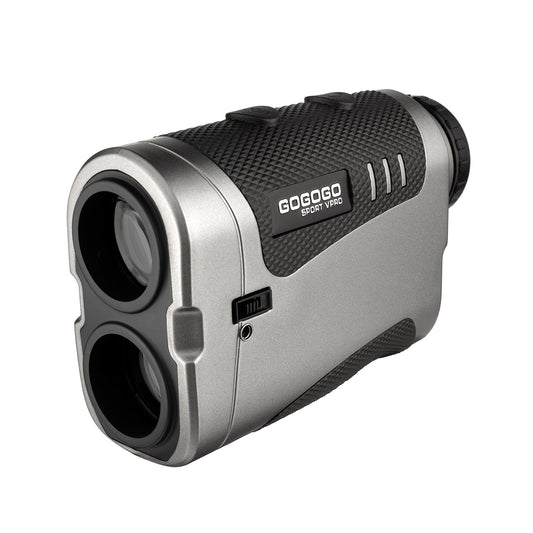
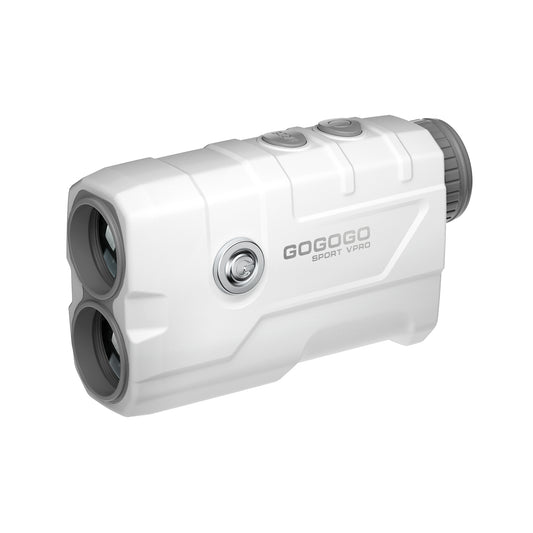

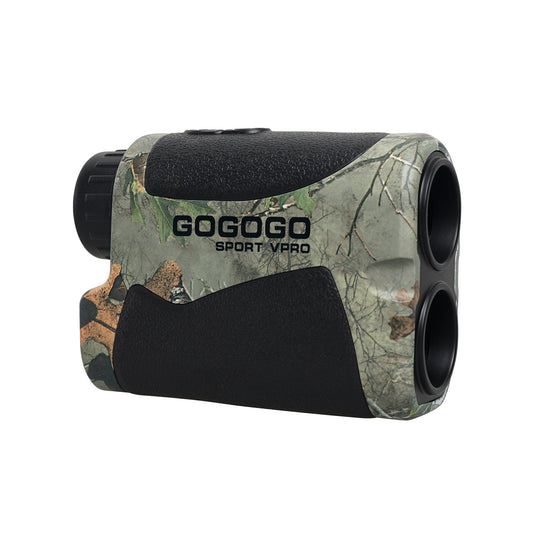
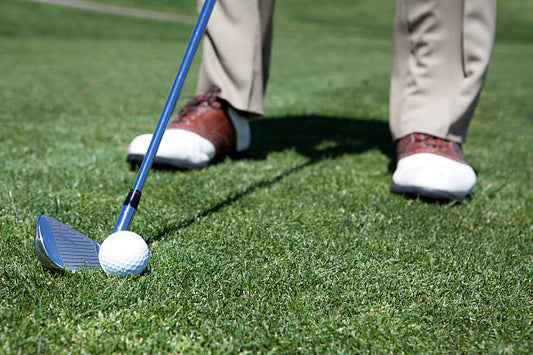
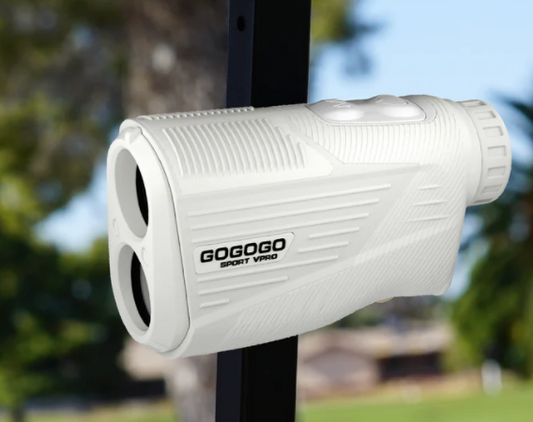

![[2025] The Ultimate Guide to Pinseeker Rangefinders for Golfers](http://gogogosport.com/cdn/shop/articles/gogogo_sport_vpro_pinseeker_rangefinder.png?v=1757993796&width=533)